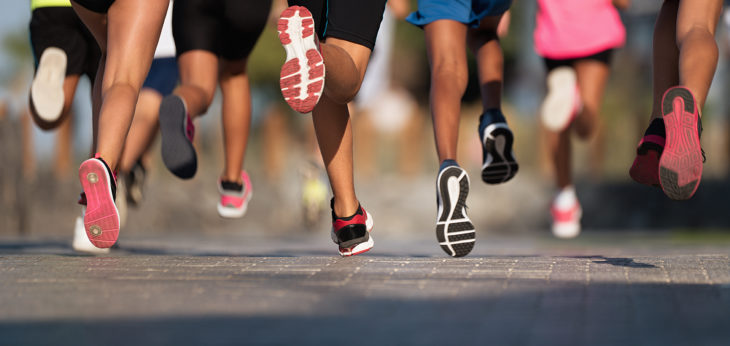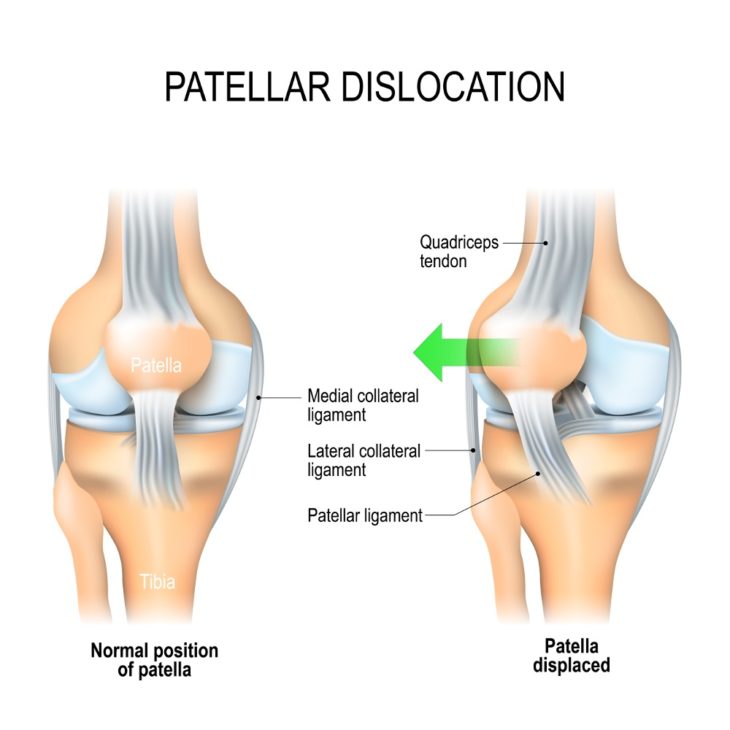Pain in the knees after running is a common phenomenon. It is runners who have recently begun to engage in sports activities are the ones who state unpleasant sensations. The fact is that the knee joint has a very complex structure.
Constant movements create a substantial load, which increases significantly when you run. Moreover, pain can appear not only due to harmless reasons but also because of injury, which may have occurred while running. Movements can provoke inflammation, which did not show any symptoms until some moment.
Many factors can cause running injury knee in NYC get more, and we are going to walk you through some of them in this article.
Contents
1. Wrong shoes

Source: Branża Fitness
A thin sole of your footwear does not protect the knees from overload. Manufacturers of running shoes offer a wide range and assortment for each type of a specific structure of the runner’s feet.
What to do? Beginners should choose sneakers with a thick sole that cushions the steps while running.
2. Running technique

Source: Sport-Quartier Berlin
A technique that looks like a wide step when walking fast can create a huge load on the runner’s legs and, in particular, his knees.
What to do? While running, watch out for how you move your hips. The knee should be directed forward and upward, and the foot should be placed under the center of gravity, i.e., under yourself.
3. Hard surface

Source: Folsom El Dorado Hills
The hardest coating is concrete. Asphalt is a little softer, but not much better than the concrete. Jogging on these surfaces is traumatic even if you are wearing good running shoes. You can run on concrete only if there are no other options. The best cover for a runner is a dirt track in a park or forest.
What to do? Replace the city sidewalk with a forest path, and you will get a chance to inhale a portion of fresh air as well.
4. A sharp increase in mileage
Source: Melarossa
A big number of miles you have run or the wrong combination of loads and days of rest can cause fragile ligaments of the knee joint to inflame. Trying to copy training programs made by more experienced runners, beginners run the risk of injury.
What to do? Do not rush to live. Increase the volume of miles you run by no more than + 10% per week.
5. Dislocation of the patella

Source: Rimedio Per Gonfiore
This injury takes a leading place among runners. Although it does not carry any dangerous consequences, it can lead to further sprain. Painful sensations will become regular, the joint will lose its former mobility, and the tissues of the patella will gradually collapse. This phenomenon is called the “runner’s knee.”
If you experience persistent pain after running, you need to consult a specialist who will help determine the cause accurately and give recommendations on the correction of training or the likelihood of their continuation. If there is a disease that has been diagnosed, then you should visit a doctor regularly.
